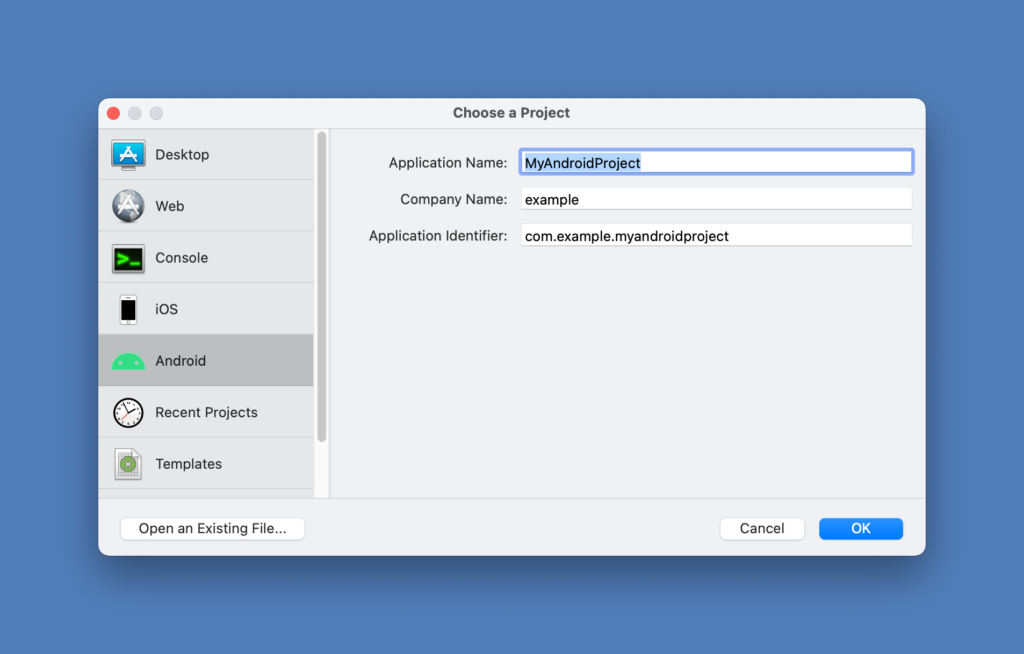With the new UserAuthentication class available in Xojo 2021 Release 1, you can now easily ask an iOS user to authenticate themselves using Face ID, Touch ID or with their password/passcode. In an iOS project, add a UserAuthentication object to your screen and change its name to Authenticator.
Comments closedCategory: Cross-Platform
The MobileMoviePlayer is a relatively new iOS feature in the Xojo Programming language. To use MobileMoviePlayer start a new iOS project and drag the MoviePlayer control from the Library onto a Screen.
Comments closedThe Xojo ComboBox desktop control is a powerful one. It combines the capabilities of a TextField with the PopupMenu. That means that you can choose from the available options in the associated menu or you can type another value in the ComboBox text field. What about getting the ComboBox to do things not included in the class?
Comments closedHere’s a fun little project you can try to get a feel for some simple animation in your iOS and future Android apps.
Comments closedLearn to build a reusable Gravatar Connection class for web, desktop and iOS apps using the Gravatar API.
Comments closedDid you know that you can make temporary FolderItems that automatically delete when they go out of scope? This technique makes it fairly easy.
Comments closedIf you use SQLite databases in your apps you may or may not be aware of the Backup method which allows you to quickly and asynchronously create a backup of an existing connected database. This is especially great if you have an in-memory database and you want to store that data on disk for later reference.
Comments closedSince the publication of the post Quick Tip: SystemImage, more than 2,400 symbols at your disposal, some users raised the question about how to do the same on macOS. Continue reading to learn one possible technique.
Comments closedWe’re hard at work on Xojo’s upcoming Android support — it is our top priority. As we’ve discussed previously, you can see in the current versions of Xojo that the latest iOS controls now start with “Mobile” in their name. Although Android and iOS will start off as different project types, implementing the “Mobile” prefix is an important step to complete so you will see similar controls when Android support is available.
Comments closedXojo 2020r2 introduced the new Font class to deal with any font that you want to use in your iOS apps. The Constructor method for the class receives the font name (the PostScript one) and the font size.
Comments closed
